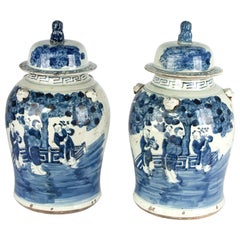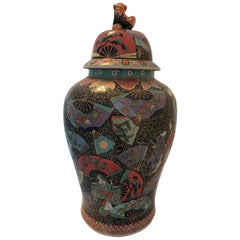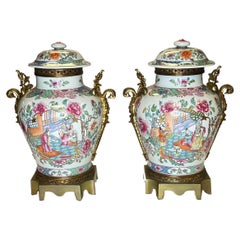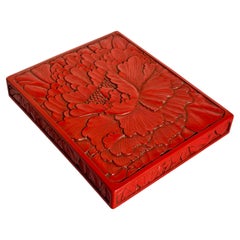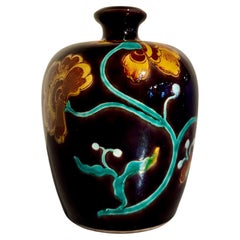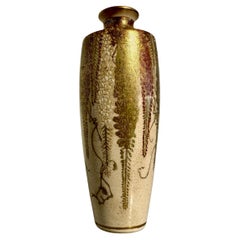Questions & Answers
Our trusted network of 1stDibs sellers answer common questions
What were Chinese ginger jars used for?
1 Answer
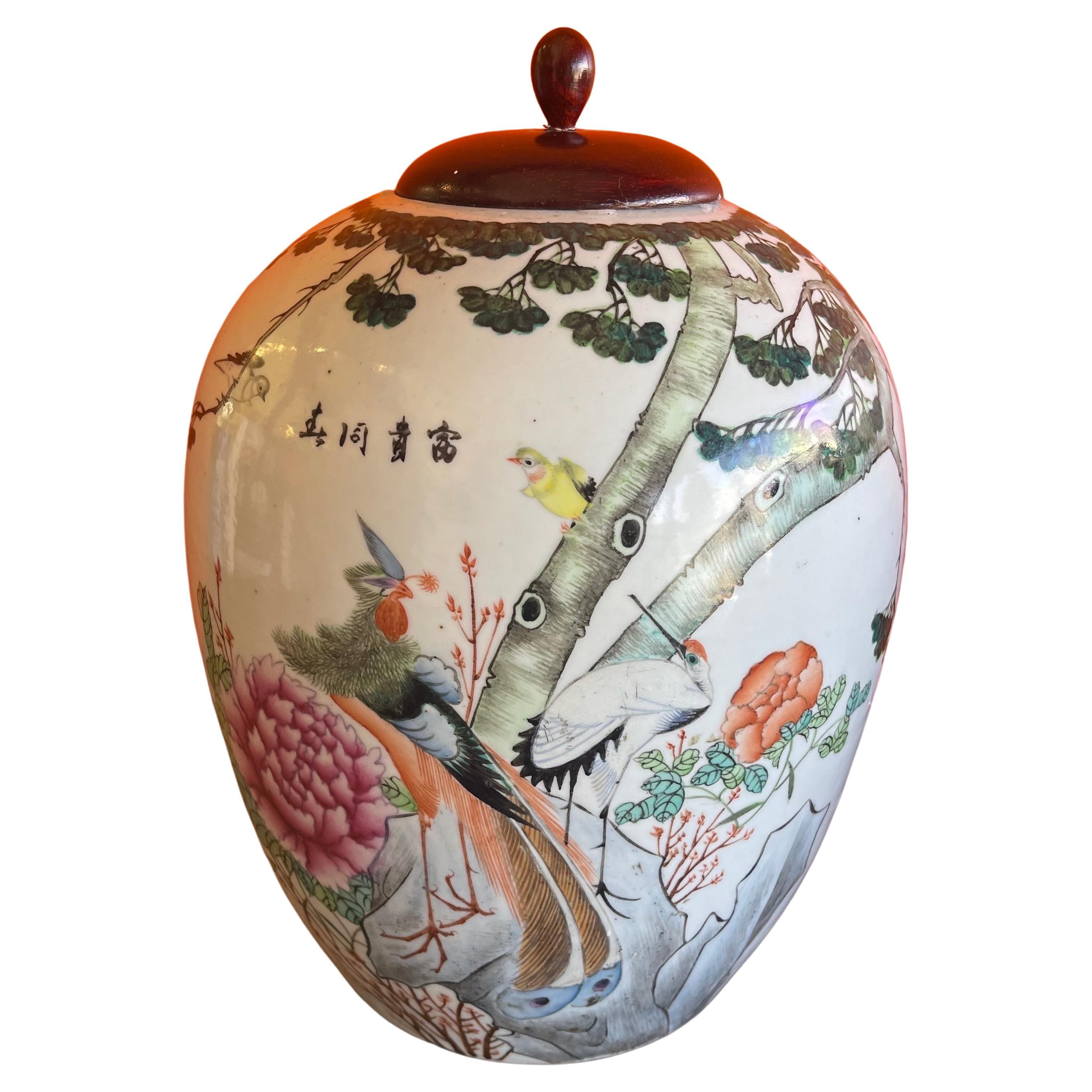
Chinese ginger jars were originally made as utilitarian vessels used to store various herbs and spices. Today, they are almost exclusively decorative objects.

Lotus GallerySeptember 23, 2020
Related Questions
- What are ginger jars?1 Answer
- Why is it called a ginger jar?1 Answer
- What are the defining factors of a Chinese ginger jar?1 Answer
- What does a Chinese ginger jar look like?1 Answer
- What is an apothecary jar?1 Answer
Shop for Chinese Ginger Jars on 1stDibs
19th Century Chinese Ginger Jars
Located in Esbeek, NL
Beautiful set of Chinese ginger jars
18th century or earlier.
Category
Antique 18th Century Chinese Jars
Materials
Porcelain
$7,126 / set
Chinese Ginger Jar with Foo Dog Topper
Located in Dallas, TX
This large 1950s Chinese ginger jar is made of many bright, contrasting and vibrant colors. The
Category
Vintage 1950s Chinese Jars
Materials
Porcelain
Pair Famille Rose Chinese Ginger Jars with Bronze Mounts
Located in New York, NY
Pair Famille Rose Chinese Ginger Jars with Bronze Mounts in Louis XVI Style.
Category
20th Century Chinoiserie Jars
Materials
Bronze
Vintage Famille Rose Chinese Ginger Jar
Located in West Palm Beach, FL
Beautiful Vintage Chinese Famille Rose Ginger Jar with colorful flowers and dragon motif. Truly
Category
20th Century Chinese Jars
Materials
Porcelain
Petite Famille Rose Chinese Ginger jar, c. 1900
Located in Chicago, IL
petite ginger jar is decorated in the famille rose style with a lively scene of young boys playing in a
Category
Early 20th Century Chinese Qing Jars
Materials
Porcelain
Chinese Turquoise Porcelain Ginger Jar, Wang Bingrong Style, circa 1950s
Located in Glasgow, GB
This turquoise Chinese ginger jar is a striking example of mid-20th century porcelain, crafted
Category
Mid-20th Century Chinese Qing Jars
Materials
Porcelain
Shop More furniture from Lotus Gallery on 1stDibs
Japanese Kamakura Bori Lacquer Presentation Box, Showa Era, mid 20th century
Located in Austin, TX
An attractive Japanese red lacquered Kamakura-bori inscribed presentation box, featuring peony, Showa Era, mid 20th century, Japan.
The low box and cover carved with a bold and stri...
Category
Vintage 1960s Japanese Showa Lacquer
Materials
Softwood, Lacquer
Tokuda Yasokichi I Kutani "Poppies" Vase, Meiji or Taisho Period, Japan
Located in Austin, TX
A striking Japanese Kutani ware "Poppies" bottle vase by Tokuda Yasokichi I (1873 - 1956), Meiji to Taisho Period, circa 1915, Japan.
The attractive vase is decorated with a bold d...
Category
Vintage 1910s Japanese Showa Ceramics
Materials
Porcelain
Japanese Satsuma Wisteria Vase by Gyukuzan (Chin Jukan XII), Meiji Period, Japan
Located in Austin, TX
An exquisite small Japanese Satsuma vase with a trailing wisteria design, signed Gyokuzan (Chin Jukan XII, b. 1835 - d. 1906), Meiji Period, late 19th century (between 1874 and 1897)...
Category
Antique Late 19th Century Japanese Meiji Ceramics
Materials
Stoneware
Small Satsuma Butterfly Vase by Kinzan, Meiji Period, circa 1900, Japan
Located in Austin, TX
An exquisite small Japanese Satsuma vase decorated with butterflies, signed Kinzan, Meiji Period, circa 1900, Japan.
The small vase is delicately and meticulously painted with desig...
Category
Antique Early 1900s Japanese Meiji Ceramics
Materials
Stoneware
Vintage Japanese Celadon Glazed Shishi Lion Censer, Taisho/Showa, c 1930, Japan
Located in Austin, TX
A delightful vintage Japanese celadon glazed incense burner, koro, in teh form of a standing foo lion, shishi, or foo dog, Taisho to Showa Era, circa 1930, Japan.
The charming shish...
Category
Vintage 1930s Japanese Showa Ceramics
Materials
Ceramic, Stoneware
Vintage Japanese Kakiemon Style Porcelain Oil Jar, Showa Era, circa 1960's
Located in Austin, TX
A charming and elegant vintage Japanese Kakiemon style oil jar or vase, Showa Era, circa 1960's or earlier, Japan.
The oil pot of standard form, with a squat comprised globular body...
Category
Vintage 1960s Japanese Showa Ceramics
Materials
Porcelain
Vintage Japanese Art Deco Jungin Silver Sake Bottle and Cups, circa 1930's
Located in Austin, TX
A fun and elegant vintage Japanese Art Deco hammered and brushed silver sake set, comprised of a tokkuri bottle and two stemmed cups, all marked "jungin" for 95% silver, Showa Era, c...
Category
Vintage 1930s Japanese Art Deco Metalwork
Materials
Silver, Bronze
